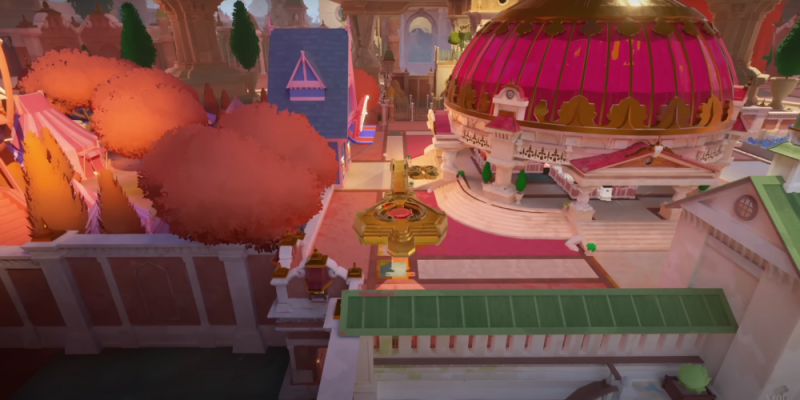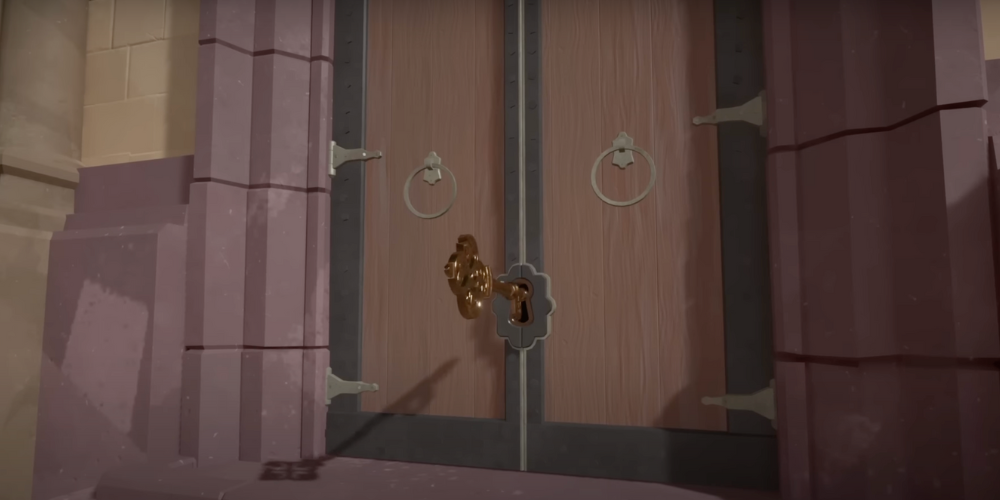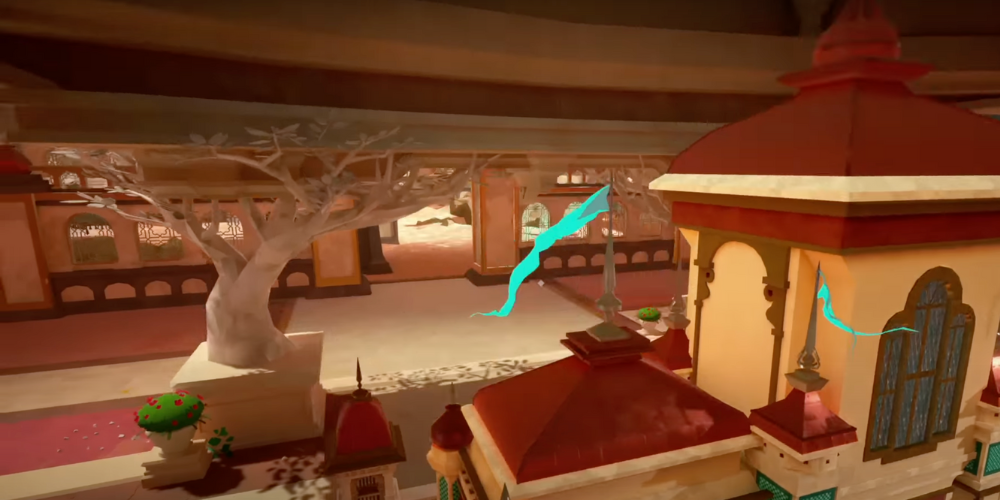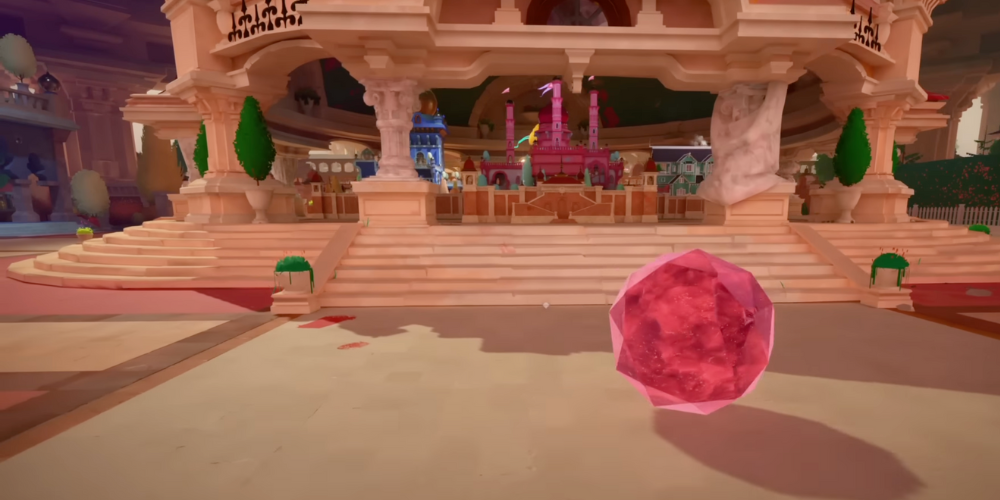
Exploring the Labyrinths of Maquette: A Journey into Recursive Puzzles and Narrative Dissonance In the realm of video game design, it's quite the feat to introduce a concept that feels entirely new. Graceful Decay, a San Francisco-based studio, bravely steps into the limelight with its debut title, Maquette. This game unfurls inside a world of bewildering scales, where the laws of physics and perspective twist and stretch into infinity. At the heart of Maquette lies a puzzle structure that toys with dimensions, encapsulating both the wonder and the existential dread of finding oneself at odds with the fabric of reality.
Conceptual Foundations
Maquette establishes itself as a recursive puzzler, distinguished by a collaboration with arthouse publisher Annapurna Interactive. The setting is a series of nested domes, each encompassing its own array of puzzles. As players traverse from one dome to another, they manipulate objects that exist simultaneously across all scales. This gameplay mechanic is not just a mere novelty but the central thesis of Maquette's puzzle design, compelling players to think in dimensions beyond the conventional.

A Puzzle within a Puzzle
The essence of the puzzling in Maquette revolves around shifting sizes and perspectives. Objects carried between the variously scaled worlds alter in size relative to the player, creating a unique set of challenges and solutions. Imagine a massive red cube obstructing your path in one world, which becomes effortlessly movable in a smaller scale.
Carrying Between Worlds
The real joy lies in the manipulation of this concept, taking objects from one realm to another, adjusting sizes, and experimenting with the physical laws that the game loosely adheres to. This aspect, while challenging to articulate, is the bread and butter of Maquette's gameplay, a testament to its ambitious design.

The Puzzle's Charm
Navigating through Maquette's enigmatic world is primarily a delightful experience. Its puzzles are constructed with a thoughtful progression that naturally educates and challenges the player. The game takes pride in its complexity, offering moments of genuine achievement as players unravel each intricate puzzle. These moments are further enhanced by the atmospheric design of the game, which carries an eerie yet captivating aura, adding layers to the overall experience.
Where Design Falters
However, Maquette is not without its flaws. Among its innovative highs, there are points of frustration, where the final steps of certain puzzles seem disconnected from their preceding logic. Such moments undermine the otherwise smooth learning curve and reward system established by the game. Moreover, technical hiccups and a final act that pales in comparison to its initial promise further detract from the experience.

Narrative Shortcomings
Beyond the realm of puzzles, Maquette ventures into storytelling, enlisting Hollywood talents like Bryce Dallas Howard and Seth Gabel. Unfortunately, the narrative fails to leverage these voices effectively, delivering a love story marred by clichés and a lack of substance. The game's attempt to marry its complex puzzle structure with a deep narrative does not quite hit the mark, leading to a disjointed overall experience.

Conclusion: A Tale of Two Halves
In its best moments, Maquette is a brilliantly constructed puzzle game that captivates with its unique concept and atmospheric depth. The first half of the game is a testament to the power of innovative design, offering a profoundly engaging experience. However, as the game progresses, its narrative and some design choices mar the experience, leading to a sense of missed potential. In essence, Maquette is a bold experiment in game design, one that offers glimpses of genius but ultimately struggles to maintain its focus. For fans of puzzle games seeking something out of the ordinary, it represents an intriguing, albeit flawed, adventure into the possibilities of recursive gameplay.
